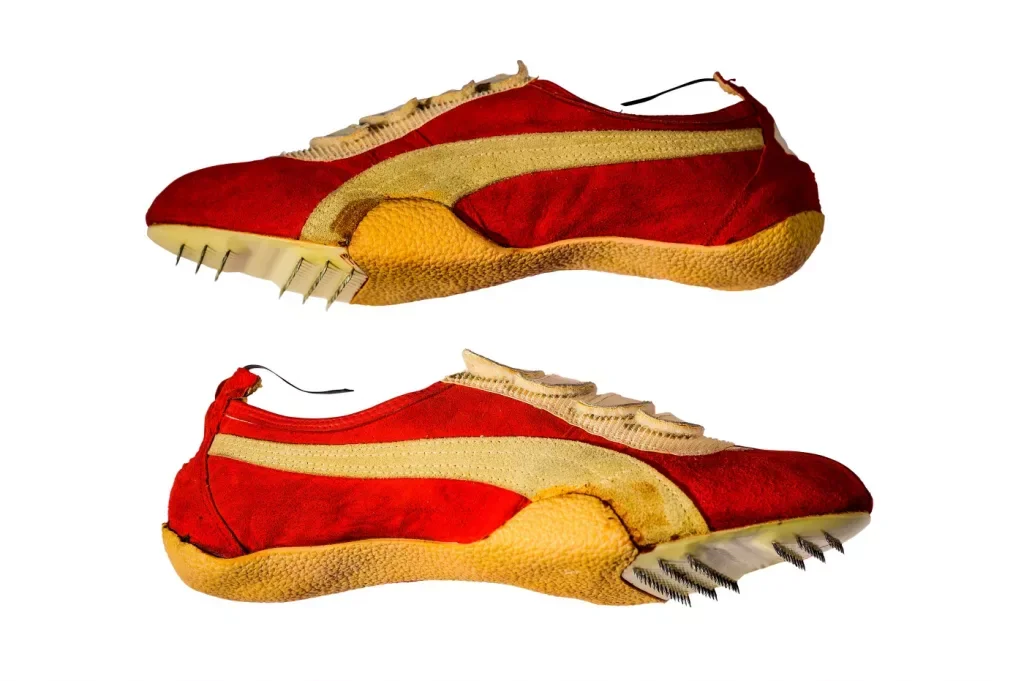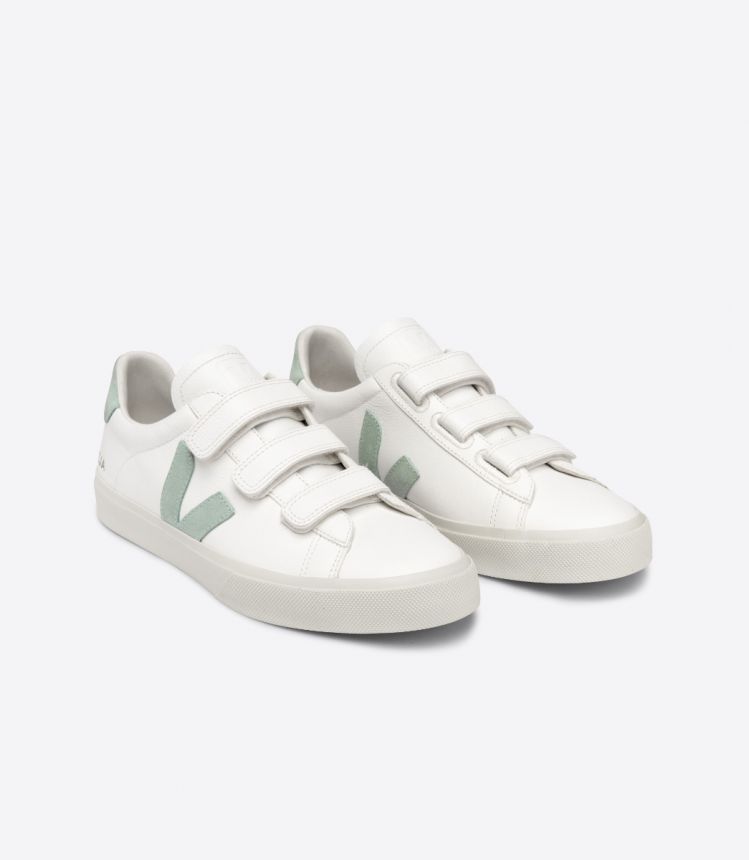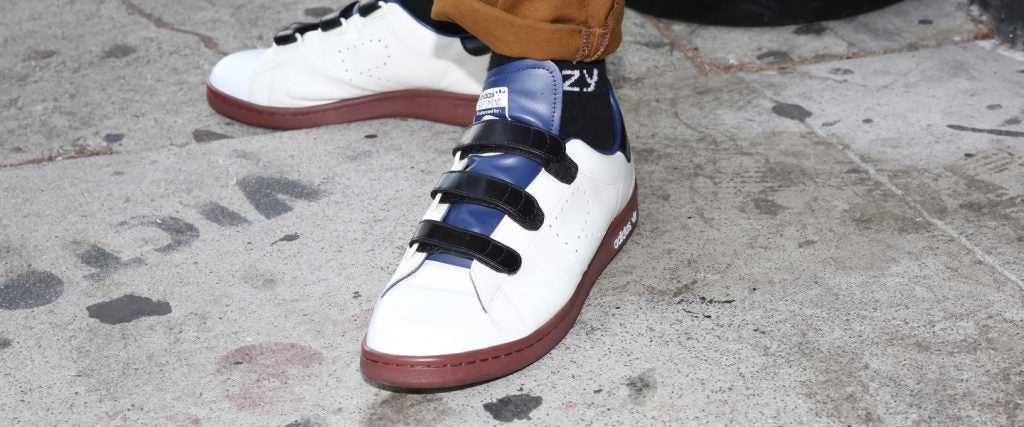There were many truths about footwear to be found recently, in of all places, the ADHD subreddit. For starters, this particularly astute redditor noted, “Almost none of us reliably tie and untie our shoes every time,” which, in turn, he explained, damages the back of said shoes.
But it was the alternative he provided that really stood out. “Velcro would make this so easy,” he continued. “I know some companies make those stretchy or magnetic laces, but with those, you can’t adjust them to keep them tight. Velcro you can pull to the exact tension you want and just fasten down. Three straps are enough to separately configure the front, middle and back of the arch while still not constantly coming loose (and if they do, it’s really one second to do them back up).”
He ended his brave plea by wishing that Velcro shoes were more “socially acceptable” for full-fledged adults and not just the preschool and kindergarten set.
Interestingly, history shows that it was once this way — that Velcro, for a time at least, was considered a modern miracle. Or as Sylvia Porter wrote in her 1958 column for The Tennessean, “The new fastening device — which is on my desk as I type this and which I have been opening and closing, opening and closing for days — is in many ways potentially more revolutionary than was the zipper a quarter-century ago.”
A decade later in 1968, Puma, who’d for years been considered second best to Adidas, famously applied the hook-and-loop technology to running shoes. The Brush Spike featured 68 tiny 4-millimeter long bristles in the front area of the foot for maximized traction and minimized resistance. It also featured a space-age design — in particular, Velcro. “It was a good looking shoe, I liked it right away,” Olympian Lee Evans, one of the first people to see the Velcro design, told Sports Illustrated back in 2019.

The Brush Spike proved popular/interesting enough that throughout the next 20 years, Adidas and Reebok put out a number of Velcro shoes.
But in 1984, Velcro’s reputation took a major hit. That year, during a Late Night sketch after the Grammy Awards, David Letterman, who was only two years into his tenure as host and especially unhinged, donned a Velcro suit and introduced a bit while pinned to a Velcro wall. “You know,” Letterman began, “the Grammy Awards were televised earlier tonight, and well, what better way to have fun with Velcro.”
In early Letterman style, the five-minute sketch was ridiculous in every way, and the audience can be heard laughing throughout whenever something (or someone) gets stuck via Velcro.
As a result, Velcro became a joke — for instance, a few years after the Letterman bit, a New Zealand bar owner made headlines when he set up a Velcro wall and held a human fly contest for patrons of his watering hole — at the very moment it was also turning ubiquitous, with Velcro becoming more and more prevalent in everyday life beyond just footwear (and thus, sorta boring).
None of this is to say that there haven’t been several highly fashionable efforts to rebrand Velcro. In 2017, LeBron James and Nike put out an all-Velcro shoe. Last year, Adidas re-released their Stan Smith OG Velcro, and French fashion brand Veja provided their spin on the Velcro shoe, too.

But the redditor who kick-started this whole thing is right: Maybe Velcro shoes socially acceptable enough for the hypebeast set, but in the mainstream, they’re still predominantly thought of as something for kids and the elderly — more of a punchline a la Letterman than a legitimate shoe choice for a legitimate grown-up who lives outside of a retirement community.
It’s fair to say then, that despite all of that adhesive, Velcro shoes just couldn’t really stick.

